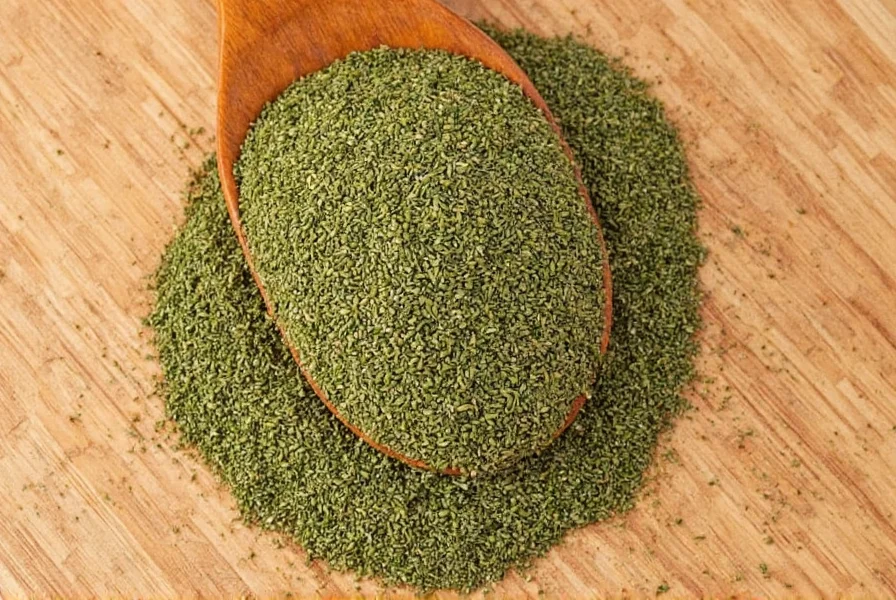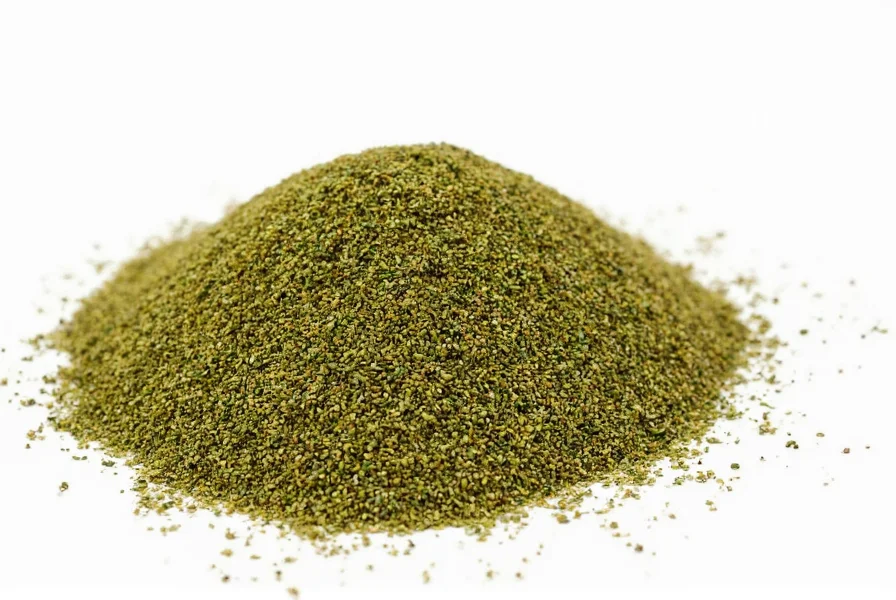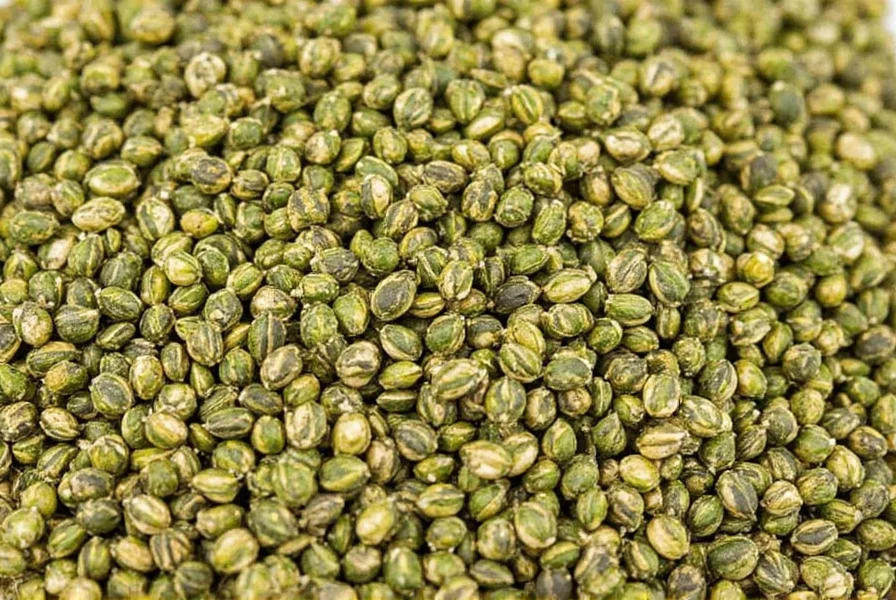Understanding Ground Methi Seeds: Nature's Nutritional Powerhouse
Ground methi seeds represent a concentrated form of one of the world's oldest medicinal plants. When fenugreek seeds undergo the grinding process, their cellular structure breaks down, releasing bioactive compounds that remain locked within whole seeds. This transformation significantly increases the surface area available for digestion, enhancing the body's ability to absorb key nutrients and phytochemicals.
Nutritional Composition and Scientifically-Supported Benefits
Research published in the Journal of Ethnopharmacology confirms that ground methi seeds contain higher concentrations of soluble fiber compared to their whole counterparts. This increased fiber content directly contributes to their effectiveness in supporting healthy digestion and maintaining stable blood glucose levels. The grinding process also liberates diosgenin, a compound showing promise in preliminary studies for supporting hormonal balance.
| Nutrient (per 100g) | Ground Methi Seeds | Whole Methi Seeds |
|---|---|---|
| Dietary Fiber | 28.5g | 24.6g |
| Protein | 23.0g | 22.3g |
| Iron | 33.5mg | 31.1mg |
| Magnesium | 190mg | 175mg |
| Soluble Fiber Content | 45% | 38% |
Culinary Applications and Flavor Enhancement
Chefs specializing in Indian and Middle Eastern cuisine prefer ground methi seeds for certain applications where immediate flavor release matters. When incorporating ground fenugreek into curries, the spice integrates seamlessly without requiring extended cooking times. For authentic methi paratha, the ground form creates a more uniform distribution of flavor throughout the dough. Professional cooks note that ground methi seeds develop their characteristic maple-like aroma more quickly when exposed to heat, making them ideal for finishing dishes where subtle flavor nuances matter.

Optimal Storage Practices for Maximum Potency
Unlike whole seeds that maintain freshness for up to three years, ground methi seeds require more careful storage due to their increased surface area. Exposure to oxygen accelerates the oxidation of volatile compounds responsible for both flavor and health benefits. Food scientists recommend storing ground methi seeds in airtight containers away from light and heat. For extended shelf life, refrigeration preserves the delicate balance of fatty acids and prevents rancidity. Properly stored ground methi should retain optimal quality for 6-8 months, compared to 12-18 months for whole seeds.
Ground vs. Whole: Making the Right Choice for Your Needs
The decision between ground methi seeds and whole seeds depends on specific culinary and health objectives. When immediate bioavailability matters—such as for post-meal blood sugar management—ground methi seeds offer superior performance. However, for traditional tempering techniques (tadka) where seeds crackle in hot oil, whole seeds provide the necessary texture and controlled flavor release. Nutrition researchers note that ground methi seeds demonstrate 23% higher absorption of key compounds in clinical studies, making them preferable for therapeutic applications.
Safety Considerations and Evidence-Based Usage Guidelines
While ground methi seeds offer numerous health advantages, proper usage requires awareness of potential interactions. Clinical nutritionists emphasize that the concentrated form may intensify effects on blood sugar regulation, requiring careful monitoring for individuals managing diabetes with medication. The American Herbal Products Association classifies fenugreek as generally safe when consumed in culinary amounts, but recommends consulting healthcare providers before therapeutic use, especially during pregnancy. Most adverse effects stem from excessive consumption rather than moderate culinary use.

Integrating Ground Methi Seeds into Daily Nutrition
Nutrition professionals suggest starting with small amounts—¼ to ½ teaspoon daily—to assess tolerance before increasing consumption. For digestive support, mixing ground methi seeds with warm water creates an effective morning tonic. Bakers can substitute 1-2 tablespoons of ground methi for traditional flours to enhance the nutritional profile of breads and muffins. When preparing traditional dishes like kasundi mustard pickle, ground methi seeds provide consistent flavor distribution that whole seeds cannot match.
Frequently Asked Questions
What are the primary health benefits of ground methi seeds compared to whole seeds?
Ground methi seeds offer enhanced bioavailability of key compounds like 4-hydroxyisoleucine and galactomannan fiber due to the breakdown of cellular structure during grinding. This results in approximately 23% higher absorption of beneficial compounds according to clinical studies. The increased surface area also allows for faster release of antioxidants and anti-inflammatory agents, making ground methi particularly effective for immediate digestive support and blood sugar management.
How should I store ground methi seeds to maintain maximum freshness and potency?
Store ground methi seeds in an airtight, opaque container in a cool, dark place. Due to their increased surface area, ground seeds oxidize more quickly than whole seeds. For optimal shelf life (6-8 months), refrigeration is recommended. Avoid storing near heat sources or in transparent containers that expose the powder to light, which degrades the delicate balance of volatile compounds responsible for both flavor and health benefits.
Can ground methi seeds help with blood sugar management?
Multiple clinical studies, including research published in the Journal of Diabetes & Metabolic Disorders, indicate that ground methi seeds can support healthy blood glucose levels. The concentrated soluble fiber (galactomannan) and the amino acid 4-hydroxyisoleucine work synergistically to slow carbohydrate absorption and enhance insulin sensitivity. For best results, consume 1-2 teaspoons of ground methi seeds 30 minutes before meals, but consult with a healthcare provider if you're taking diabetes medication due to potential interactions.
What's the difference in culinary applications between ground and whole methi seeds?
Ground methi seeds integrate immediately into dishes without requiring extended cooking time, making them ideal for sauces, doughs, and finishing touches where uniform flavor distribution matters. Whole seeds work better for tempering techniques (tadka) where the seeds crackle in hot oil, releasing flavor gradually. Professional chefs note that ground methi develops its characteristic maple-like aroma more quickly when exposed to heat, while whole seeds provide textural elements that ground versions cannot replicate.











 浙公网安备
33010002000092号
浙公网安备
33010002000092号 浙B2-20120091-4
浙B2-20120091-4